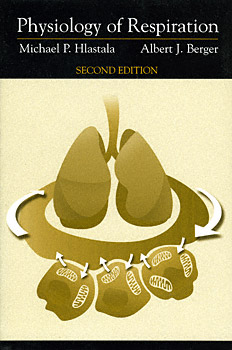
BACK COVER #
This concise, lucid textbook provides a basis for understanding the function of the respiratory system and a framework for the treatment of many respiratory diseases. It was developed as a working text with problem-solving exercises for the student's use in reviewing each chapter. The writing style flows easily from one topic to another. Mathematical relationships are presented in a simple way and are clearly explained. The illustrations are carefully designed to convey ideas in an easy-to-understand format. The book's scope is comprehensive, encompassing all aspects of respiratory physiology, including pulmonary anatomy and microstructure, mechanics, gas exchange, acid-base balance and control mechanisms. Unlike many texts, this one strikes a good balance between the principles of pulmonary gas exchange (ventilation, perfusion, gas exchange efficiency) and the neural control of respiration (central and chemical mechanisms and reflexes). It emphasizes integrative aspects of respiration such as the system's response to altitude, hyperbaric environments, exercise, sleep, and the in utero and early postnatal period. The second edition has been reorganized to make the book more approachable by students, and it has been updated throughout, including many new ideas about the distribution of lung blood blow and respiratory rhythm generation.BLURBS #
"This small educational book 'written with the student in mind' provides a state-of-the-art knowledge in the broad subject of respiratory physiology. In summary, this book is highly didactic. It is to be recommended not only to pre- and postgraduate medical students, but also to clinicians involved in respiratory and critical care medicine."-- European Respiratory Journal
"an excellent reference for the student in respiratory therapy and other allied health disciplines. I would also recommend it as a review tool for the experienced practitioner."
-- Canadian Journal of Respiratory Therapy

